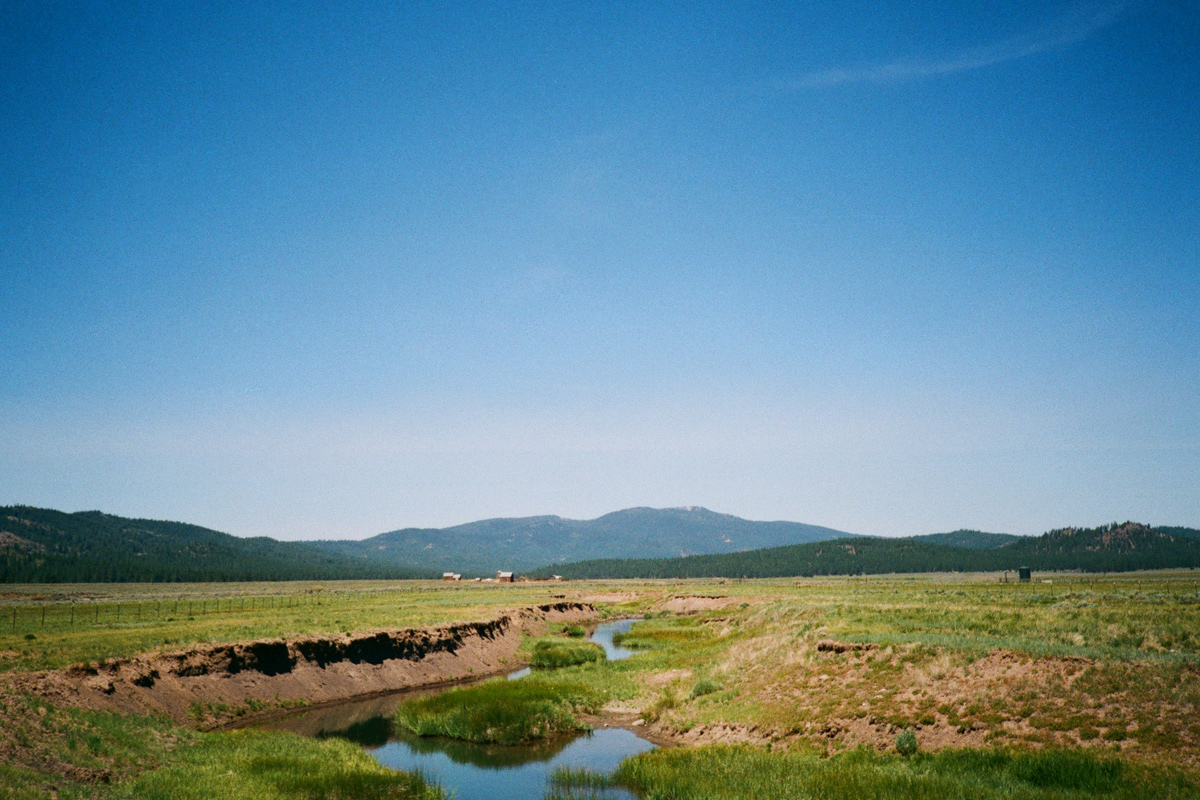
Photos by Raymond LeBeau
Alumnus geologist Raymond LeBeau’s lifetime of observing served him well as a student researcher at SNFC
One day, Raymond LeBeau was wandering along a meadow on his family’s tribal land and noticed two arrowheads laying on the ground in the sagebrush: one finished and unfinished. He was struck by the thought that his ancestors were once in this spot — and why did they leave their arrowheads here? Clocking his environment, he inferred that they were most likely hunting nearby deer grazing at the bottom of the valley, and maybe just passing the time working some obsidian.
“I’m inquisitive. I like slowing it down. There’s lots of stories everywhere if you slow down,” says the geographer. He’s been doing this his whole life, unknowingly honing skills that would serve him well as a geographer at San Francisco State University.
LeBeau (M.S., ’23) was one of many master’s students to frequent San Francisco State’s Sierra Nevada Field Campus (SNFC) as a student researcher. He spent a significant part of the last few years there, exploring his scientific interests via research and connecting with the region on a personal level as an Indigenous scientist. (LeBeau is part of the Pit River Tribe of northeastern California, with Cahuilla and Lakota family relations.)
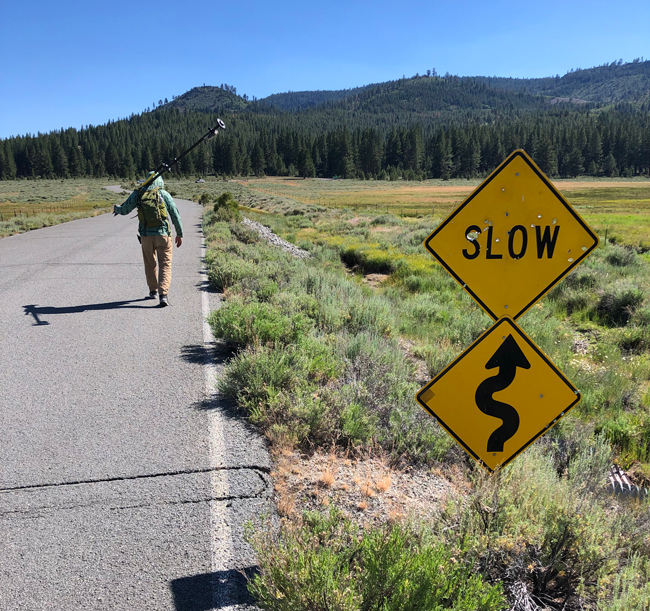
Though he first headed to SNFC with a Geography class, he ended up returning over the years with the Red Clover Valley (RCV) meadow restoration project. Located one hour away from SNFC, the meadow has been impacted by years of grazing and logging railroads. While the project assessed how restoration of this meadow could help counteract the effects of climate change, LeBeau used drones to monitor changes of a specific stream channel during the restoration project.
“I always like walking around stream channels, especially looking at things and asking how did that happen? How did that form?” LeBeau explains. He saw the meadow undergo many changes over the years. Sometimes the transformations were subtle — like those happening to his stream channel — but sometimes they were dramatic, like after the California wildfires.
“One summer I’m navigating through an endless sea of sagebrush, and then the next summer it’s just barren and everything is burnt. It’s fascinating. I’ve never seen anything like that,” LeBeau recounts before rattling off all the questions this observation inspired. How will the ecosystem respond? Can the vegetation still inhabit this region? How much water — like LeBeau’s stream channel — is available and is it enough for the region to bounce back?
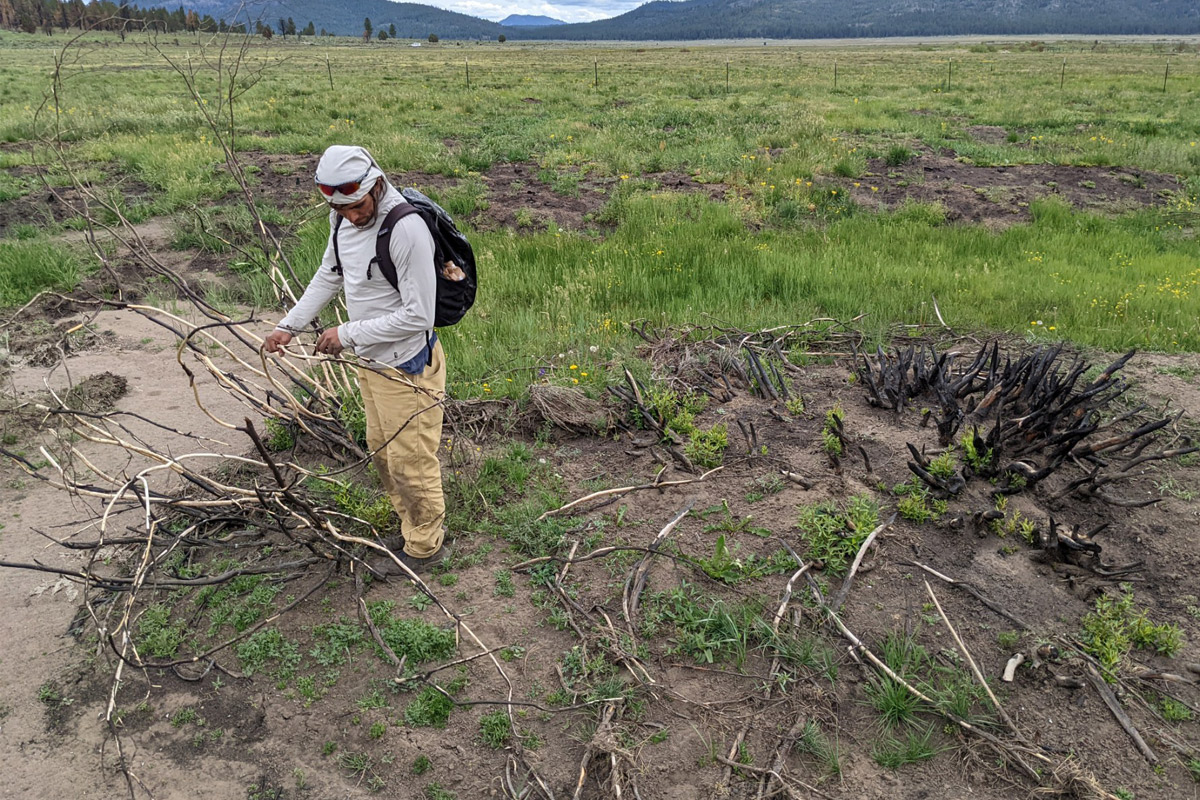
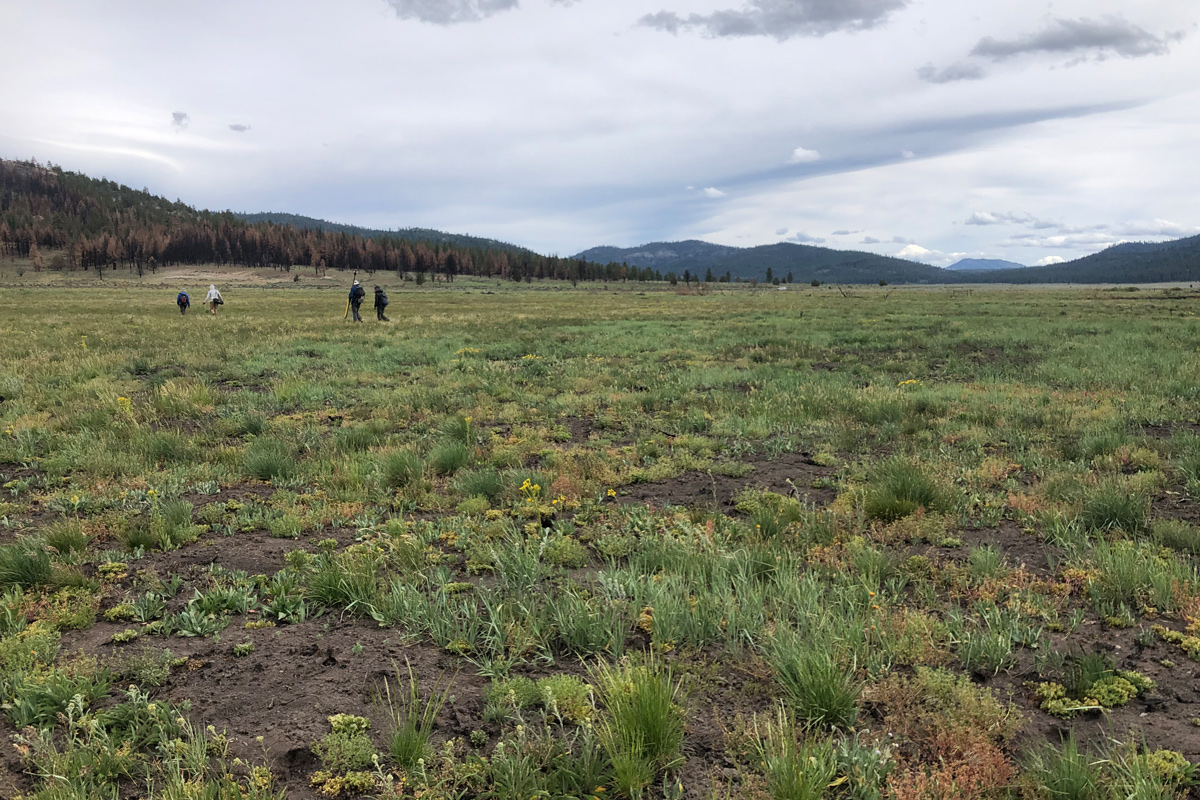
LeBeau’s interest in Geography and Geographic Information Systems (GIS) — the use of tools (like drones) to visualize, store and analyze geographic data — began as an undergraduate at the University of California, Santa Cruz. A watershed GIS class with School of the Environment Professor Jerry Davis got him up to SNFC for the first time when he was an SF State grad student.
Like most SNFC scientists, LeBeau feels it’s a pretty idyllic research basecamp. The SNFC staff serve delicious meals and help prep additional food the researchers can tote into the field. And after a long day, the scientists return to basecamp where they can use the SNFC amenities, socialize and pitch a tent by the river for a good night of sleep.
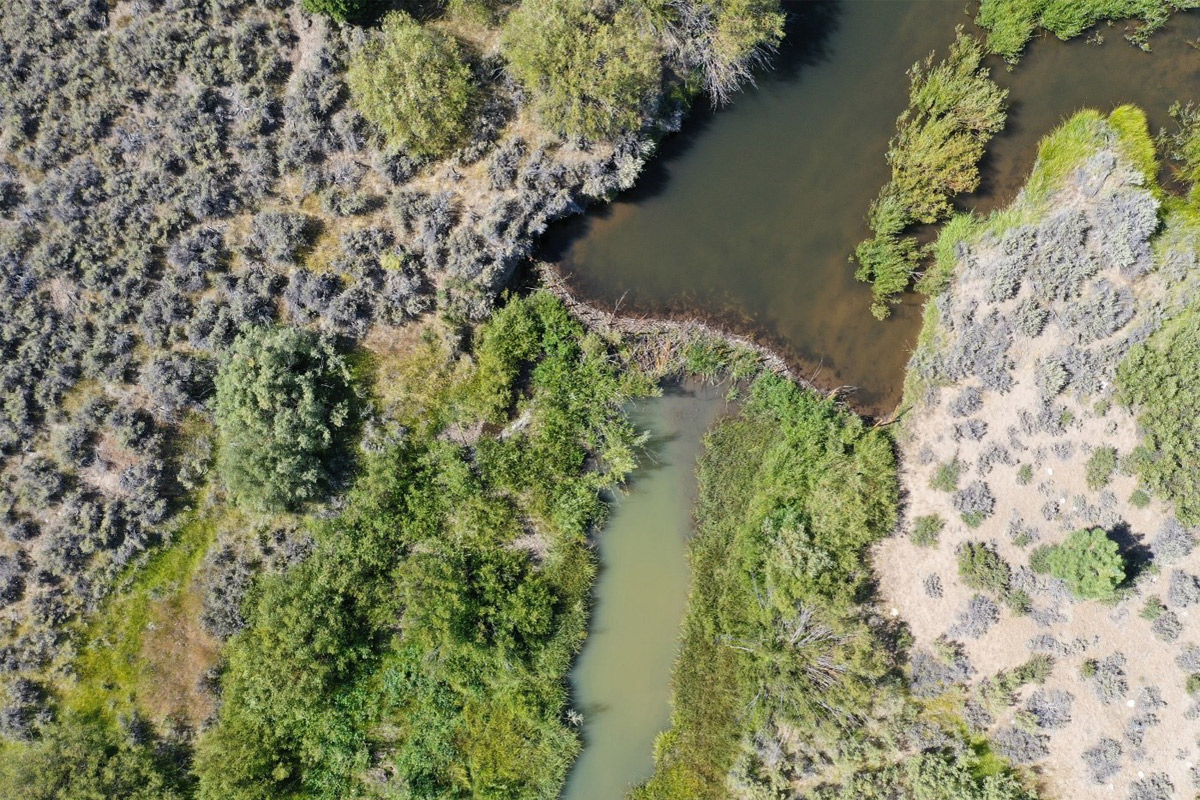
Beyond science, SNFC also gave LeBeau a chance to explore his personal connection to the region. Very early in the RCV project, the SF State researchers worked briefly with the local Mountain Maidu tribal group to talk about meadow restoration and help build mimic beaver dams to encourage beavers back to the region as part of the restoration efforts. Though LeBeau says this was a brief part of his SNFC experience, it was a meaningful one that he wishes he could have expanded on.
Along with being part of the Pit River Tribe, LeBeau has connections to the Mountain Maidu Tribe living in the Sierra Nevada region. His great grandmother’s family was from that region, and his great grandfather worked as a logger in a nearby town. Reflecting on his time at SF State, he was grateful to all the support from his family, friends and tribal community.
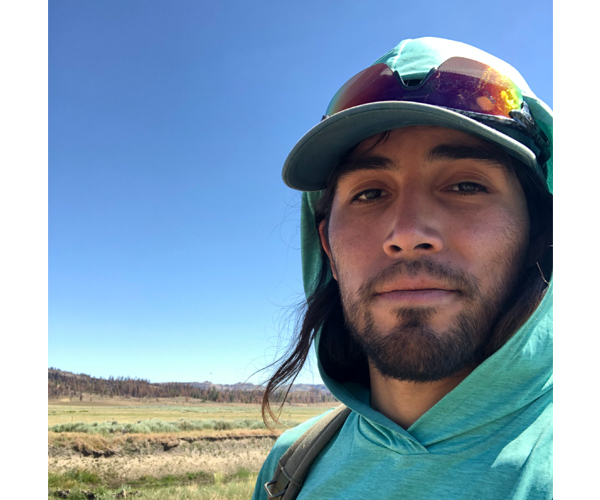
There are differences in the Indigenous and Western views, he explains, and he’s grown up between these worlds, and this extends into his scientific explorations. In Indigenous communities, science is often referred to as traditional ecological knowledge — the generational accumulation of knowledge about the relationship between living beings in an ecosystem. LeBeau asserts he is no expert on the topic, but it is something he’s mused on.
“Scientists come full circle and realize that local knowledge is actually scientific knowledge,” explains LeBeau. Eventually scientists recognize that the geological story isn’t just about sediment and water, but that living organisms are also integral to the story, changing researchers’ framework of thinking. “Then that framework becomes more consistent with an Indigenous framework of science.”
Features
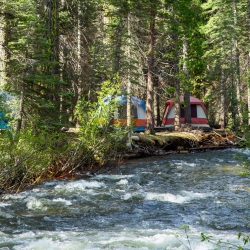
A River Runs Through It
SF State's best-kept secret, the Sierra Nevada Field Campus is a bastion of science, art and learning in the middle of the wilderness.

Forces of Nature
Through teaching, research, practices, activism and so much more, the University works every day to protect our planet.

Money Matters
Forward-thinking alumni, students and faculty are demonstrating how investors can bankroll sustainability (and turn a profit doing it).
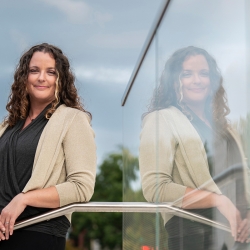
In Conversation with Ben Fong-Torres
The legendary journalist and Gator talks with alumna Allison Crimmins, director of the federal government's Fifth National Climate Assessment.